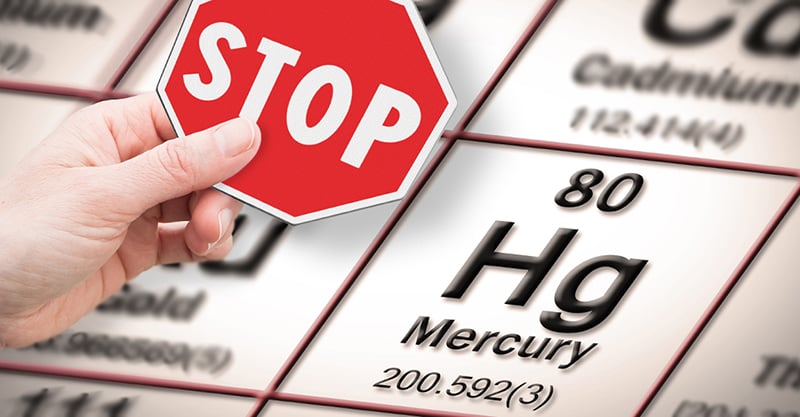Mercury/Thimerosal/Autism

Thimerosal is an organic compound that is 49.6% ethyl mercury by weight. Developed as an antiseptic and antibacterial product, pharmaceutical companies began to use thimerosal in vaccines in the 1930s for the intended purpose of preventing bacterial contamination due to repeated needle punctures into multi-dose vials of vaccine. Below are links to abstracts from over 190 research studies detailing the effects of including thimerosal in vaccines.
Annotated Version of Peer-Reviewed, Published Research Linking Autism, Mercury and Thimerosal
In February 2017, Children’s Health Defense collected 89 peer-reviewed published articles linking autism, mercury and thimerosal. Each of these article abstracts are presented here along with a short annotation in layman terms about what the researchers found and how the findings are linked to autism. The science continues to accumulate that mercury and thimerosal are potent drivers of the autism epidemic. Download PDF (36.4MB)
Also see:
Mercury (all sources) Research
Mercury-Thimerosal-Autism Research – 240+ studies (PDF 21.9MB)
Jan 2003 – Oxidation by Thimerosal Increases Calcium Levels in Renal Tubular Cells
Jin 2004-Thimerosal decreases TRPV1 activity by oxidation of extracellular sulfhydryl residues
Kaplin 1994 – Purified Reconstituted Inositol 1,4,5-Triphosphate Receptors
Kempuraj 2010 – Mercury induces inflammatory mediator release from human mast cells
Kern 2012 – Evidence of parallels between mercury intoxication and the brain pathology in autism
Kern 2016 – The relationship between mercury and autism: A comprehensive review and discussion
Kim 2002 – Thimerosal stimulates focal adhesion kinase and cytoskeletal changes by redox modulation
Kramer 2004 – Mercury exposure in protein A immunoadsorption
Lee 2006 – Thimerosal induces oxidative stress in HeLa S epithelial cells
Matheson 1980 – Mercury toxicity (acrodynia) induced by long-term injection of gamma globulin
Migdal 2010 – Responsiveness of human monocyte-derived cells to thimerosal and mercury derivatives
Miller 2005 – Thimerosal, micromercurialism and chronic fatigue syndrome
Ohno 2004 – Wide use of Merthiolate May Cause Mercury Poisoning in Mexico
Orct 2006 – Comparison of organic and inorganic mercury distribution of suckling rat
Park 2007 – Evaluation of Cytotoxicity Attributed to Thimerosal on Murine and Human Kidney Cells
Parran 2005 – Effects of Thimerosal on NGF Signal Transduction and Cell Death in Neuroblastoma Cells
Risher 2002 – Organic mercury compounds: human exposure and its relevance to public health
Risher 2016 – Alkyl Mercury-Induced Toxicity: Multiple Mechanisms of Action
Rohyans 1984 – Mercury toxicity following merthiolate ear irrigations
Rooney 2016 – Mercury Levels in Newborns and Infants After Receipt of Thimerosal-Containing Vaccines
Sajich 1999 – Iatrogenic exposure to mercury after hepatitis B vaccination in preterm infants
Skalny 2016 – Mercury as a possible link between maternal obesity and autism spectrum disorder
Suwalsky 2016 – Effects of Thimerosal on Lipid Bilayers and Human Erythrocytes: An In Vitro Study
Uchida 1994 – Thimerosal Induces Toxic Reaction in Non-Sensitized Animals
van’t Veen 2001 – Vaccines without Thimerosal: Why So Necessary, Why So Long Coming?
Wong 2005 – A generalized reaction to thimerosal from an influenza vaccine
